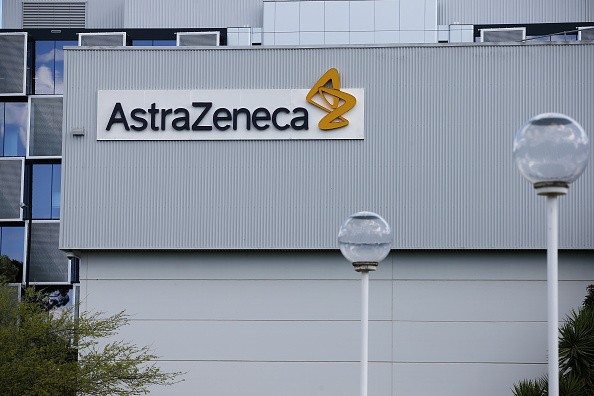Fact Check: Does AstraZeneca Vaccine Use Aborted Fetal Cells?
A viral video posted in November 2020 alleged that AstraZeneca's COVID-19 vaccine candidate used aborted fetal cells, but how true are these claims?
According to a fact check by Snopes, the claim against the AstraZeneca vaccine was factually inaccurate.
The report said these claims, and other like it, stem from "a misrepresentation of how this and other vaccines are produced."
The Facebook video, which was flagged by as "false information" was titled, "CONFIRMED- aborted Male fetus in Covid 19 vaccine."
A packaging of the AstraZeneca vaccine was shown while a narrator broke down the claim that the shot contained aborted fetal cells.
As the video said, one portion of the scientific study said they analyzed the vaccine in "MRC-5 and A549 cell lines."

The narrator said the MRC-5 cell line was developed from "deriving lung tissue of a 14-week-old aborted Caucasian male fetus."
Read also: Fact Check: Did Pfizer Research Head Say COVID-19 Vaccine Could Cause Female Sterilization?
Was AstraZeneca Vaccine Really Made Of Fetal Cells?
In part, AstraZeneca vaccine was made from cultivating a modified virus from a kidney tissue from a 1970s abortion.
But Jenny Hursit, a spokesperson for AstraZeneca, told Politifact that they did not use the said cell line during the development of the vaccine.
So the vaccine itself does not contain this kind of cellular material.
Any of the viral molecules in the cells they used were chemically and physically separated from the incubating cells, so they do not make any part of the final product.
Therefore, it is false to claim that the AstraZeneca inoculation was made out of "aborted fetal tissue fragments."
David Matthews, a co-author of the study also told Politifact that the narrator made a misleading summarization of their paper.
"This paper looked at how the Oxford vaccine behaves when it is inside a genetically normal human cell. The vaccine is NOT itself made in MRC-5 cells," Matthews said.
The AstraZeneca vaccine used a genetically modified virus instead of the said fetal tissue.
Researchers built the vaccine by using an adenovirus, which typically causes colds in chimpanzees, said New York Times.
Then, they altered it to delete genetic code that could cause infection and added genetic code which produces the same spike protein found in the coronavirus once injected into the human body.
This modified virus then multiply in a cell line known as HEK293, Human Embryonic Kidney cells which are used as "incubators" or "mini factories."
The incubation process helps in creating large quantities of the modified virus at scale to produce more of the AstraZeneca vaccine.
Religious, Advocacy Groups Raise Objections to Use of Fetal Cells
According to Science Magazine, several senior Catholic leaders in the U.S. and Canada, as well as antiabortion groups, raised some ethical objections to the way vaccines were manufactured.
Specifically, they objected to how drug makers used aborted human fetuses from decades ago in the manufacturing process.
While they had no sought to block any government funding for the vaccines, they have urged funders and lawmakers to ensure that vaccines do not rely on the said cell lines.
They also urged the U.S. government to "incentivize" firms that do not depend on the said fetal cells.
Subscribe to Latin Post!
Sign up for our free newsletter for the Latest coverage!
© 2025 Latin Post. All rights reserved. Do not reproduce without permission.















